Blog
Streamlining Product Launches: A Deep Dive into the Stage-Gate Methodology
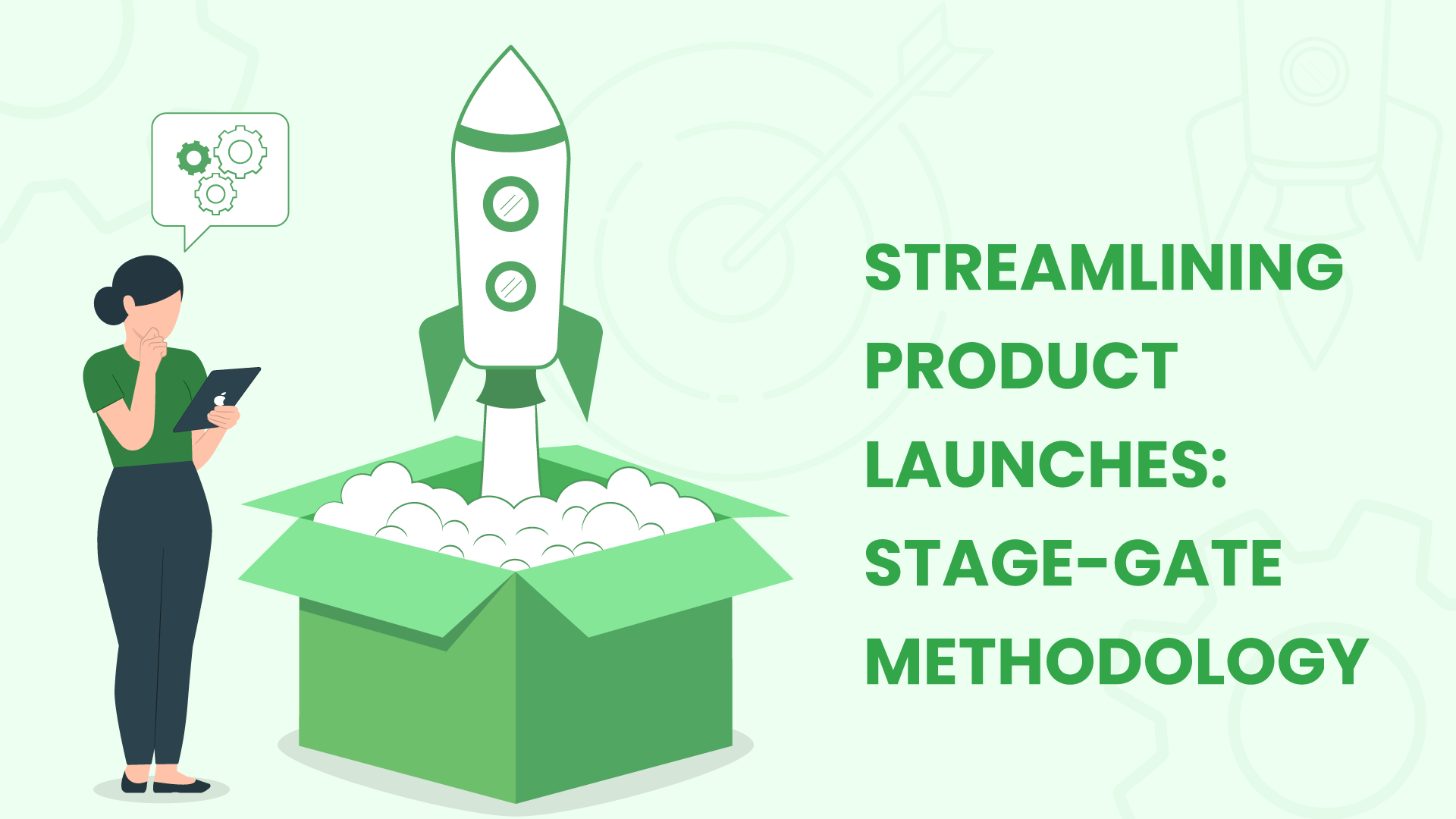
In today’s fast-paced business landscape, the race to bring innovative products to market has never been more intense. Efficient product launches are not just the gold standard; they’re the lifeblood of successful businesses.
After all, time is money, and every moment spent navigating the winding road to market is a potential pitfall. So, how can companies ensure they’re not just keeping up but staying ahead in this high-speed race?
Well, that’s where the Stage-Gate process comes into play, a strategic approach that’s been the secret weapon of savvy product developers for decades. In this blog post, we’re going to dive deep into the world of product launches and explore how the Stage-Gate process can be your compass, guiding you to reduced time to market and minimized risks.
Understanding the Stage-Gate Process
First things first, what exactly is this Stage-Gate process, and where did it come from? Well, it’s not a new-fangled concept; it has been around for a while and has evolved over time.
In a nutshell, the Stage-Gate review process (sometimes referred to as the Phase-Gate process) is a systematic production process used by companies to develop and launch new products. These stage gates are like a roadmap that helps you navigate from ideation to product launch while ensuring that each step is thoroughly vetted and validated before moving forward. It’s like having a GPS for your product development journey.
The concept was first introduced by Robert G. Cooper in the 1980s and has since become a go-to strategy for many businesses worldwide. It’s like the classic wisdom handed down through generations but for the fast-paced, ever-changing world of product development.

Core Stages and Gates
Now, let’s unpack the core stages and gates of the Stage-Gate process. Think of these steps in the traditional phase gate process as the milestones you need to pass before you can confidently say, “Our product is ready for the world!”
- Idea Generation: It all begins with a spark of creativity. This concept development stage is all about brainstorming and generating innovative product ideas. Think of it as the birth of your product concept. The next five phases will be focused on this idea.
- Scoping: Once you have your brilliant ideas, it’s time to analyze them. What’s feasible? What’s not? This step in the phase gate process for the product helps you filter out the gems from the duds and refine your concept.
- Business Case Development: This is where you crunch the numbers and build a solid business case. You need to answer the big question: Is it financially viable? What’s the market potential? How will it fit into your overall strategy?
- Development: With a green light from the previous gates, you start rolling up your sleeves and bringing your product to life in the next stage. This is the step in a typical stage gate model where you turn your ideas into tangible prototypes or products.
- Testing and Validation: Your product is almost there, but you can’t just launch it blindly. The validation and testing phase ensures that it meets customer expectations, complies with regulations, and works as intended.
- Launch: The moment you’ve been waiting for! Your product is ready to meet the world. The launch phase is all about bringing your product to market, marketing it effectively, and ensuring a smooth rollout.
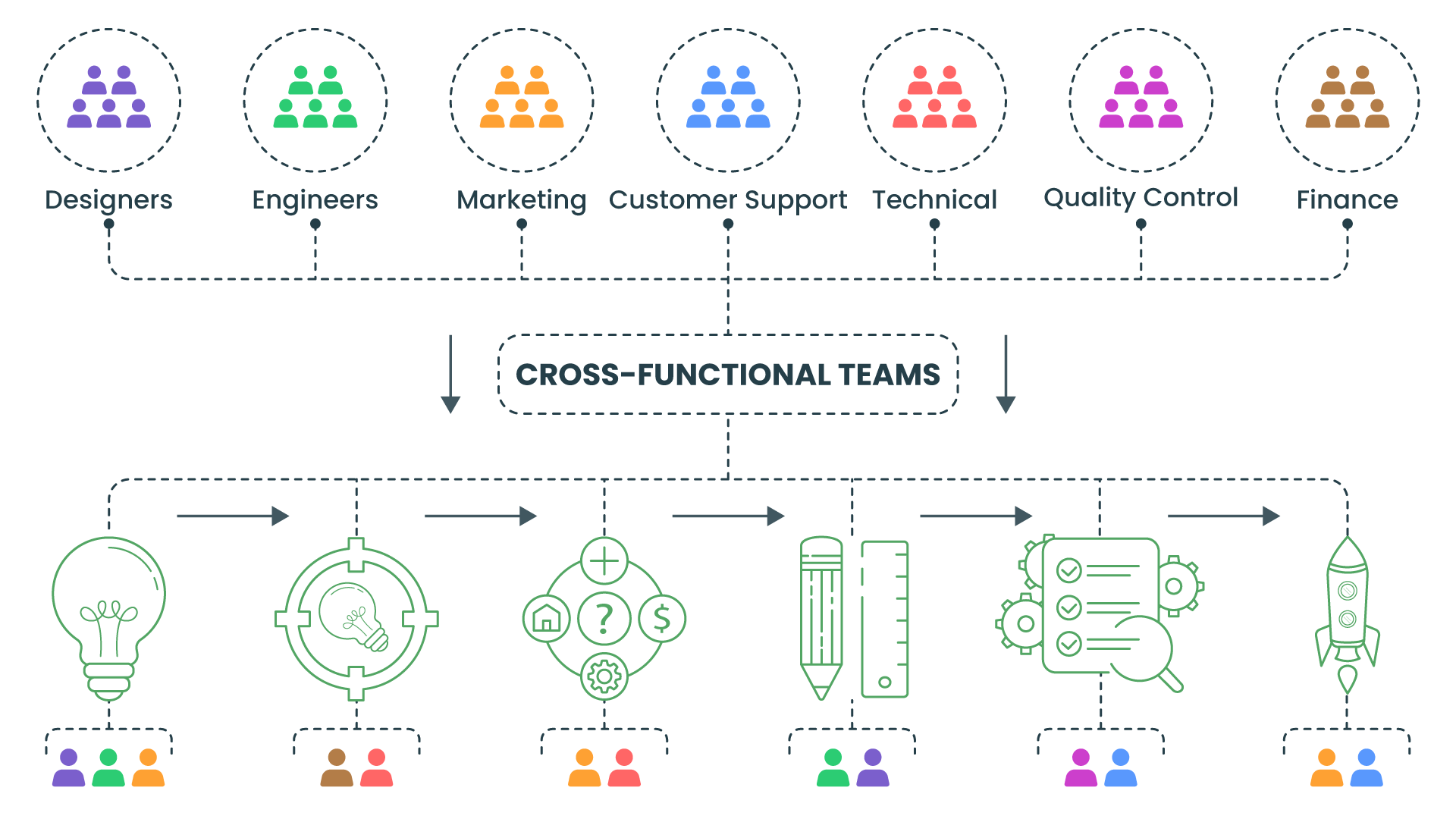
The Role of Cross-Functional Teams in Each Stage
Here’s where teamwork makes the dream work! During all phase-gate processes, cross-functional teams play a pivotal role. Why? Because they bring different perspectives, expertise, and skills to the table, ensuring a holistic approach to product development.
In the Idea Generation phase, you might have marketing experts, engineers, and designers brainstorming together. Scoping involves input from finance, market research, and technical teams. Business Case Development requires insights from finance and marketing, while the project development stage calls for collaboration between engineers and designers.
Market testing and validation demands the involvement of quality control, regulatory, and customer support teams. Finally, the Launch stage brings in your sales, marketing, and customer service teams to get your product out there successfully.
Streamlining Product Launches with Stage-Gate
Now that we have explored the fundamentals of this structured approach to product development, let’s delve into the nitty-gritty of how the Stage-Gate process can be your secret weapon for a smoother, more efficient product launch process.

How Stage-Gate Helps in Prioritizing Projects?
Picture this: Your company is buzzing with innovative ideas for new products or enhancements, but resources are limited. Without a clear strategy, you might find yourself chasing too many rabbits at once, leading to inefficiencies and missed opportunities. This is where the Stage-Gate method comes to the rescue.
The Stage-Gate model acts as a gatekeeper for your projects. It encourages teams to critically assess and rank potential projects before committing significant resources.
Each “stage” represents a phase in the development process, and before moving from one stage to the next phase, the project undergoes evaluation against predefined criteria or business rationale.
This evaluation in stage gate processes provides several key benefits:
- Improved Decision-Making: It forces decision-makers to answer tough questions about a project’s viability, market potential, and alignment with the company’s long-term goals.
- Resource Allocation: With a clear understanding of each project’s potential, you can allocate resources more effectively, focusing on high-priority endeavors.
- Risk Reduction: By identifying and addressing potential issues early in the entire process, you can avoid investing heavily in doomed projects, saving time and money.
In essence, the Stage-Gate process helps you prioritize projects that are not only aligned with your business objectives but also have the highest chances of success. It’s like having a roadmap that guides you toward the most promising destinations while avoiding unnecessary detours.
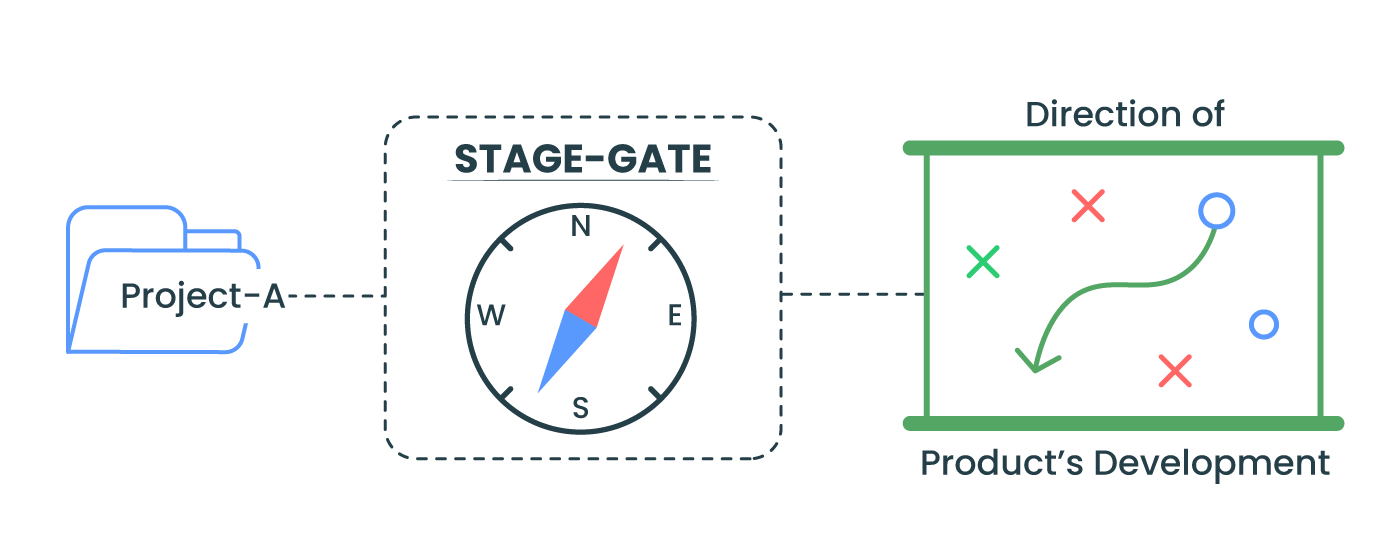
Aligning Product Development with Business Goals:
Ever felt like your product development was out of sync with your company’s broader objectives? It’s a common challenge, but one that the Stage-Gate process can help you overcome.
With its structured approach, the Stage-Gate process keeps everyone on the same page. Each stage represents a clear milestone, and before advancing, you must evaluate if the project aligns with your business goals. This alignment is critical for several reasons:
- Fostering Focus: When everyone understands how their work ties into the bigger picture, it’s easier to maintain focus and drive toward common objectives.
- Resource Optimization: Resources are finite, and Phase-Gate ensures they’re directed toward projects that directly contribute to your company’s growth and success.
- Adaptability: In a fast-paced market, being able to adjust your product development strategies quickly is vital. The review points in the phase gate process allow you to pivot or even terminate projects that no longer align with your evolving business goals.
In essence, Phase-Gate acts as a strategic compass, ensuring that your product development efforts are always moving in the right direction, aligned with your company’s mission and vision.
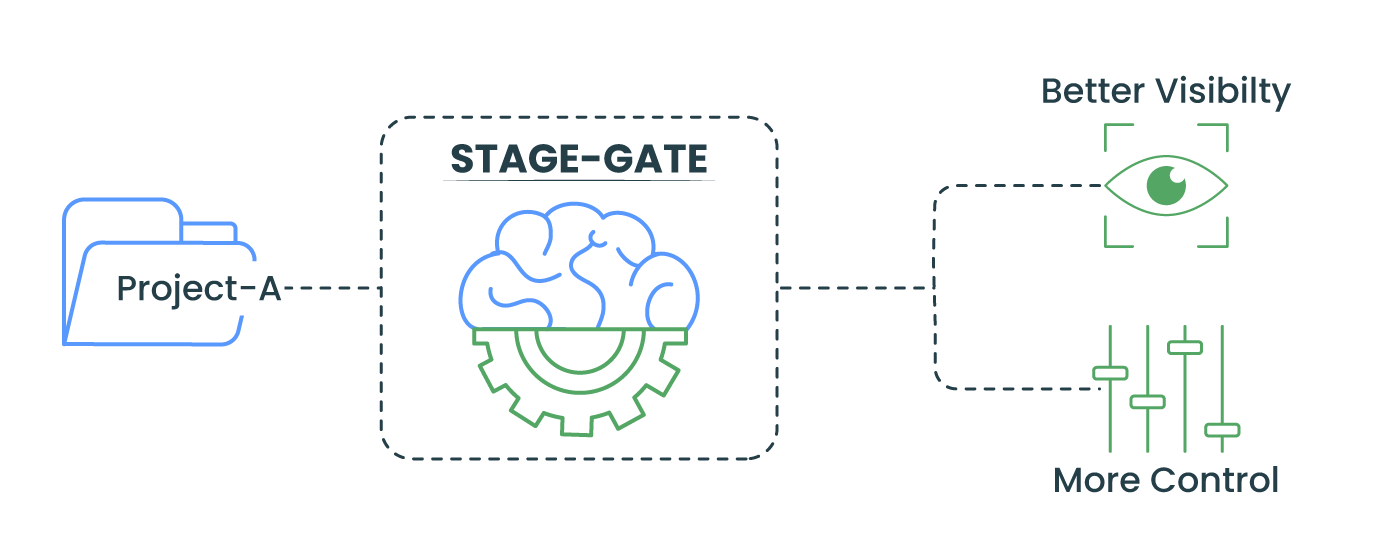
Enhancing Project Visibility and Control:
Ever wondered where a project stands in the development pipeline? Or perhaps you’re concerned about deviations from the initial project plan? These are common worries in product development, but the Stage-Gate process provides the project management tools you need to regain control.
Each stage in the Stage-Gate process requires a review and approval. This means that at any given point, you have a clear view of which projects are in progress and where they are in the pipeline. This visibility of each previous stage offers several advantages in project management:
- Real-time Tracking: You can monitor project progress and identify potential roadblocks early, allowing for proactive problem-solving.
- Resource Management: With a bird’s-eye view of all ongoing projects, you can allocate resources more efficiently to maintain balance and prevent overextension.
- Quality Assurance: Regular reviews ensure that projects meet the predefined quality standards, reducing the risk of launching subpar products.
In essence, Stage-Gate gives you the project management tools to steer you toward project success, allowing you to make informed decisions, keep stakeholders informed, and maintain a firm grip on your product development process.
Benefits of Using Stage-Gate for Product Launches
Now that we’ve got a solid grasp on what the Stage-Gate process template is, let’s dive into the exciting part: the benefits it brings to the table. Picture it as your trusty treasure map leading you to the pot of gold at the end of your product launch rainbow.
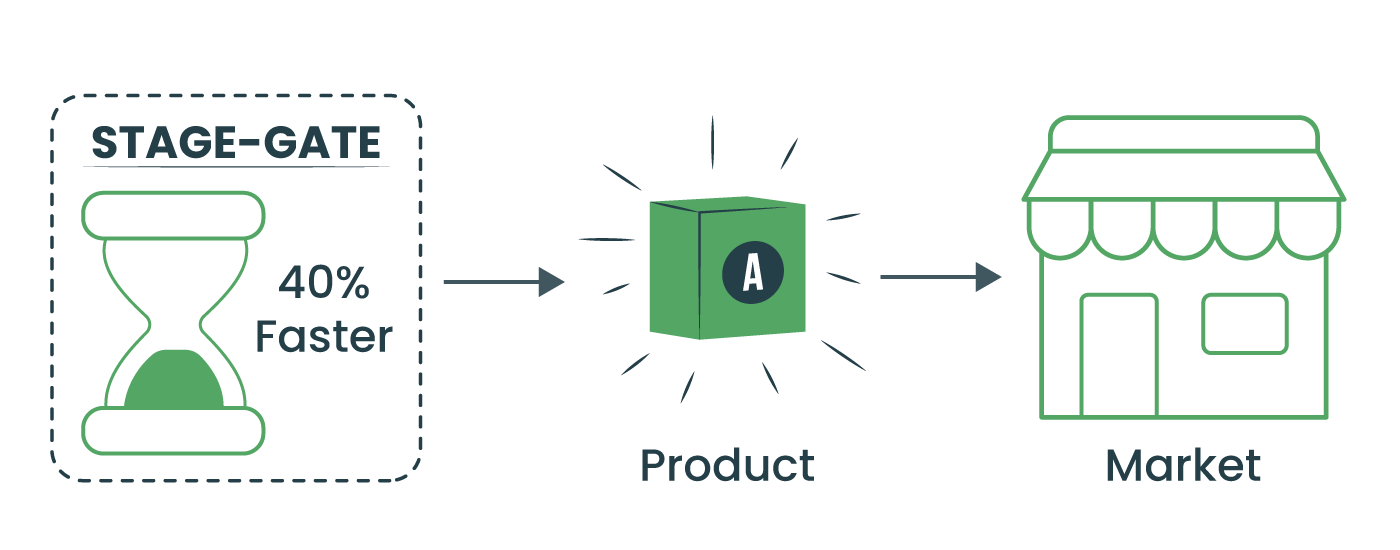
A. Reducing Time to Market
Let’s start with one of the most coveted goals in the product launch world – getting your brilliant creation into the hands of eager customers as swiftly as possible. The phase-gate process is like the express lane on the highway to market success, and here’s why:
Parallel Processing:
Imagine your product development journey as a relay race. Instead of passing the baton sequentially, where one phase waits for the other to finish, Phase-Gate encourages parallel processing. This means different teams can work on various aspects of your project simultaneously.
While your R&D squad is busy fine-tuning the product, the marketing mavens are already crafting their strategies. It’s like hosting a symphony of progress that harmonizes your efforts and shaves off precious time.
Minimizing Project Delays and Bottlenecks:
Ever had that sinking feeling when a single hiccup sends your entire project off track? With Phase-Gate, you’ve got a built-in radar for potential bottlenecks.
By breaking your product launch into stages with clear and visible criteria & decision gates, you can identify and address issues early on. Think of it as catching a leaky faucet before it becomes a flood – it’s all about nipping delays in the bud.
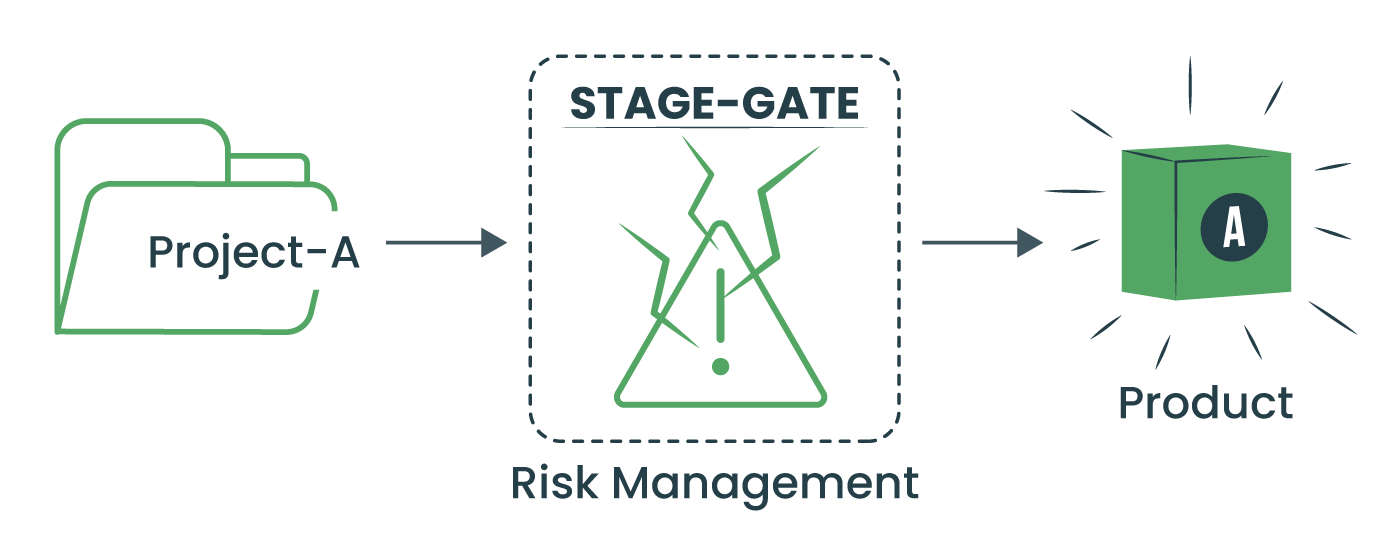
B. Minimizing Risks
Launching a new product is like sailing into uncharted waters. There are whirlpools of uncertainty and hidden reefs of risks lurking beneath the surface. Here’s how Stage-Gate equips you with a sturdy ship and a seasoned crew to navigate these treacherous waters:
Identifying and Mitigating Potential Risks at Each Gate:
Each gate in the Stage-Gate process serves as a checkpoint. It’s like having your ship undergo a thorough inspection before embarking on the next leg of the journey. This allows you to identify potential risks early, evaluate their impact, and develop strategies to mitigate them.
Whether it’s a flaw in your product design or a hiccup in your marketing strategy, Phase-Gate gives you the tools to steer clear of each project risk.
Streamlining Decision-making to Avoid Costly Mistakes:
Remember that sinking feeling we talked about earlier? It’s often a result of poor decision-making. With Stage-Gate, decisions aren’t made on a whim; they’re carefully considered and supported by data.
At each gate, stakeholders review the project’s progress, ensuring it aligns with your business objectives. By having a clear framework for decision-making, you can dodge costly missteps that could otherwise send your project into stormy waters.
So, there you have it – a sneak peek at the incredible advantages that the Stage-Gate Methodology brings to the table. It’s like having a superpower in your arsenal, allowing you to not only streamline your product launches but also navigate the challenges and uncertainties of the market with confidence.
Implementing Stage-Gate in Your Organization
Now that you’ve grasped the basics of the Stage-Gate process and its potential benefits, it’s time to roll up your sleeves and explore how to seamlessly integrate it into your organization. Don’t worry; we’ve got your back.
Here, we’ll walk you through the steps, offer some valuable tips, and even delve into the importance of fostering a culture of innovation and continuous improvement.

Steps to Adopt the Stage-Gate Methodology
Implementing a Stage-Gate methodology involves a series of well-defined steps, much like the stages in the methodology itself. Let’s break it down:
- Educate Your Team: Start by ensuring everyone on your team including the project manager understands what the Stage-Gate methodology is and why it’s being introduced in your project plan. This initial buy-in is crucial for success.
- Assess Your Current Processes: Take a good look at your existing product development and business processes. Identify what’s working and what isn’t. This will be your starting point.
- Select the Right Projects: Determine which projects will benefit most from the Stage-Gate process. Not every project needs all the stages and gates, so tailor the phase-gate process to fit your specific needs.
- Build a Cross-Functional Team: Assemble a diverse team with members from different departments – marketing, R&D, sales, etc. Collaboration is key to the success of the Stage-Gate process.
- Stage Definition: Clearly define the stages your projects will go through, along with the criteria for moving from one stage to the next. This helps maintain focus and direction.
- Gate Reviews: Establish gate review criteria that are both rigorous and realistic. These checkpoints should evaluate project viability and alignment with strategic project goals.
- Allocate Resources: Ensure that you have the necessary resources – financial, human, and technological – to support projects at each stage.
- Continuous Monitoring: Regularly track progress and make data-driven decisions at each gate of the phase-gate process. Be prepared to pivot or kill projects if they no longer align with your organization’s goals.
- Feedback Loops: Encourage open communication and feedback among team members. Lessons learned from each project should inform future endeavors.
- Celebrate Successes: Don’t forget to celebrate milestones and successes. Positive reinforcement can go a long way in motivating your development team.

Tips for Overcoming Common Challenges
Implementing the Stage-Gate process can present its own set of challenges. Here are some tips to help you navigate them:
- Change Management: Anticipate resistance to change and address it proactively. Communicate the benefits and involve employees in the transition.
- Data-Driven Decision-Making: Ensure that you have reliable data and analytics tools in place to make informed decisions at each gate.
- Flexibility: While the Stage-Gate process provides structure, be flexible enough to adapt to unforeseen circumstances or market shifts.
- Training: Invest in training and development programs to enhance your team’s project management process and skills.
- Regular Reviews: Regularly review and refine your Stage-Gate process to keep it aligned with your organization’s evolving needs.
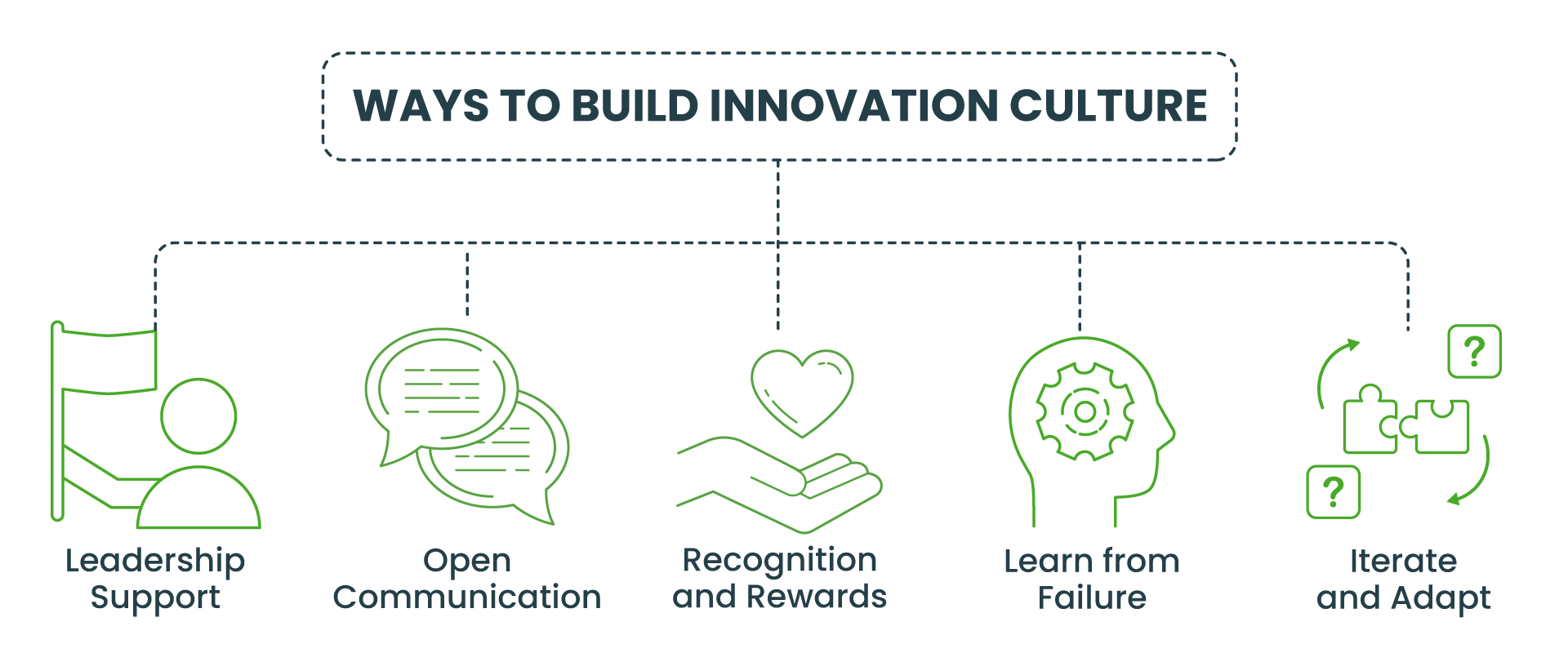
Building a Culture of Innovation and Continuous Improvement
The Stage-Gate process isn’t just a methodology; it’s a mindset. To truly succeed, you must foster a culture of innovation and continuous improvement within your organization. Here’s how:
- Leadership Support: Leaders should champion innovation and be willing to take a calculated project risk.
- Open Communication: Encourage project teams to share ideas and feedback freely. Create platforms for idea sharing and collaboration between project team members.
- Recognition and Rewards: Acknowledge and reward innovative thinking and successful projects.
- Learning from Failure: Embrace failure and poor projects as a learning opportunity. Encourage experimentation, even if it occasionally leads to setbacks.
- Iterate and Adapt: Continuously iterate on your processes and methodologies based on what you learn along the way.
Remember, implementing the Stage-Gate process is not a one-time task but an ongoing journey toward better product development and launches. Stay committed to this business process, and you’ll reap the rewards of improved innovation and successful project execution in no time!
Navigating the Innovation Highway with Stage-Gate Methodology
As we wrap up this exploration of Stage-Gate process, it’s clear that this phased approach is like the GPS for your product launch journey. Just as a GPS helps you reach your destination efficiently, The Stage-Gate process guides your innovation efforts, ensuring a smooth ride from ideation to market launch.
By understanding its principles and the benefits it offers, you’ve gained valuable insights into how to streamline your product launches effectively. Now, it’s time to put this knowledge into action.
So, buckle up and let the Stage-Gate process lead you down the innovation highway toward greater success and more efficient product launches! Remember, the road may have its twists and turns, but with the Stage-Gate process, you’ll always be on the right track. Happy innovating!


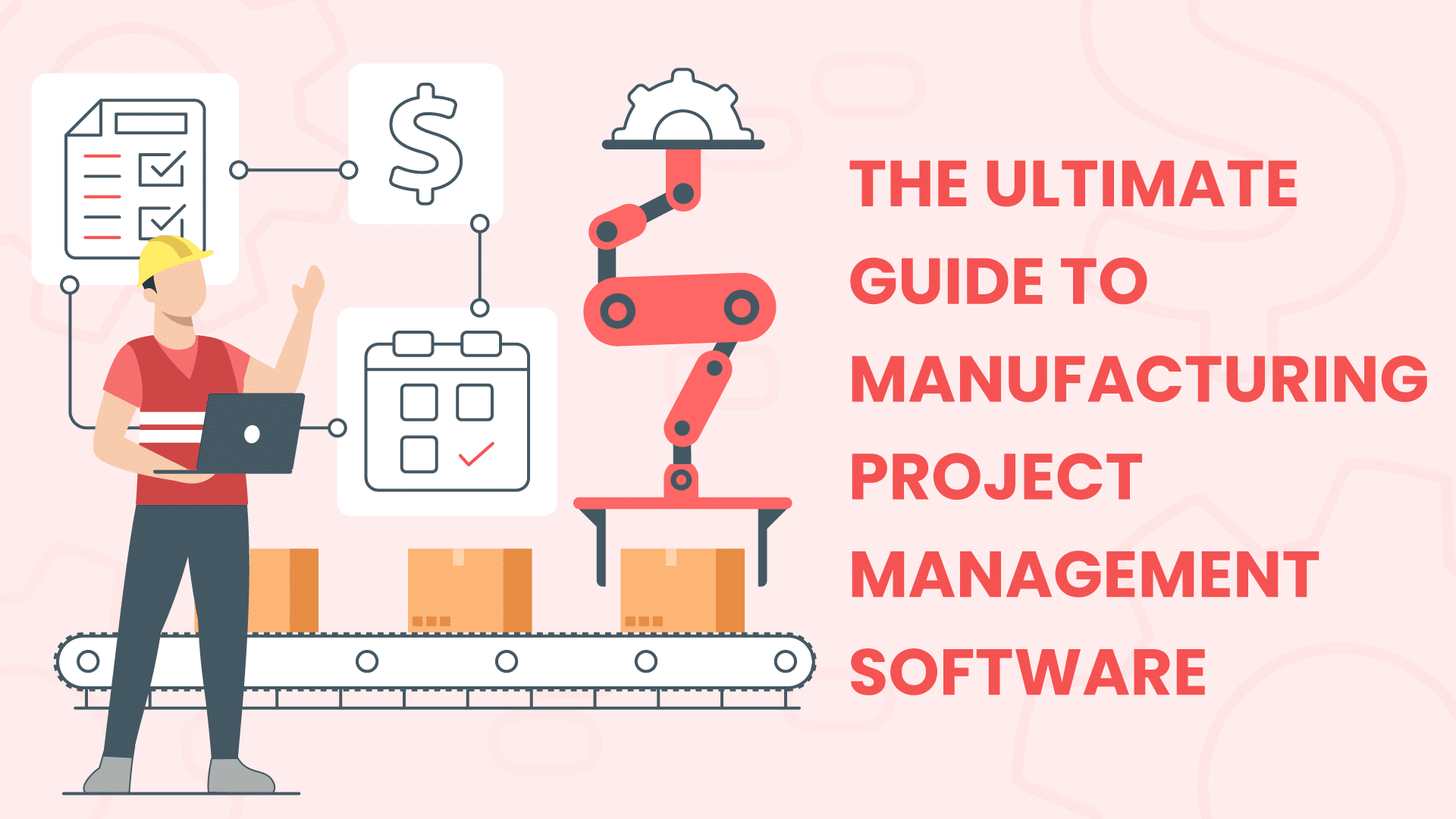


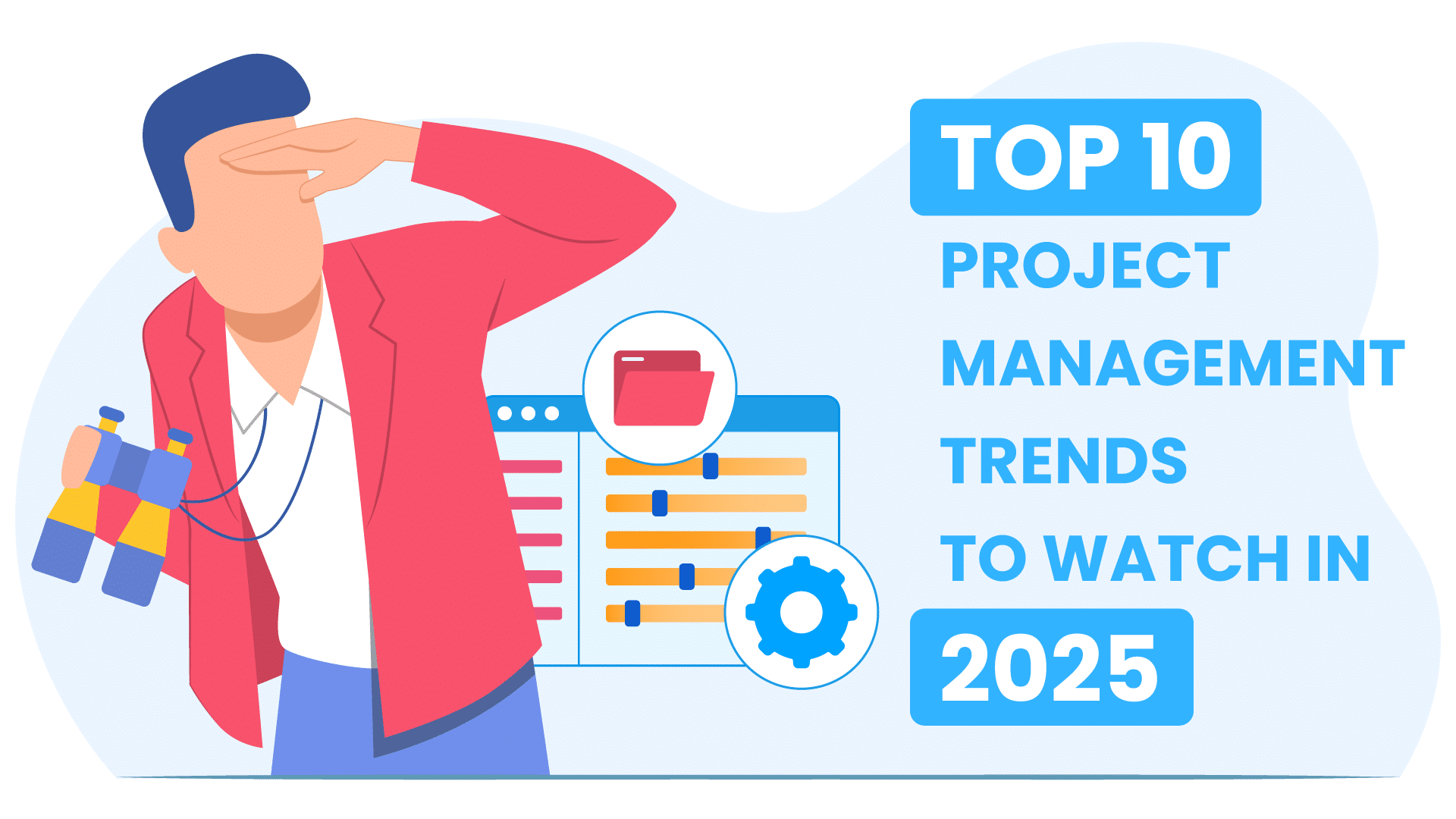


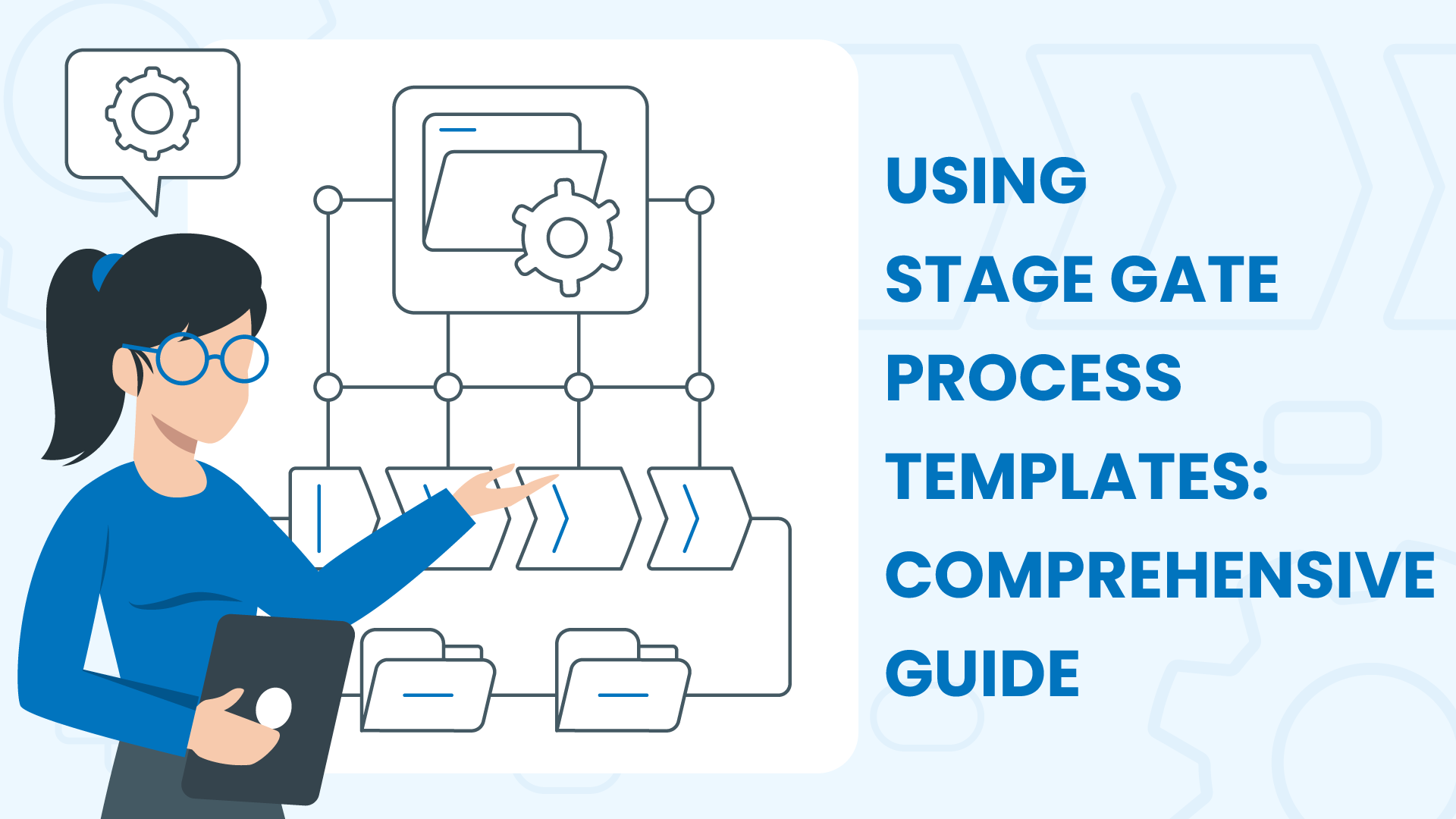




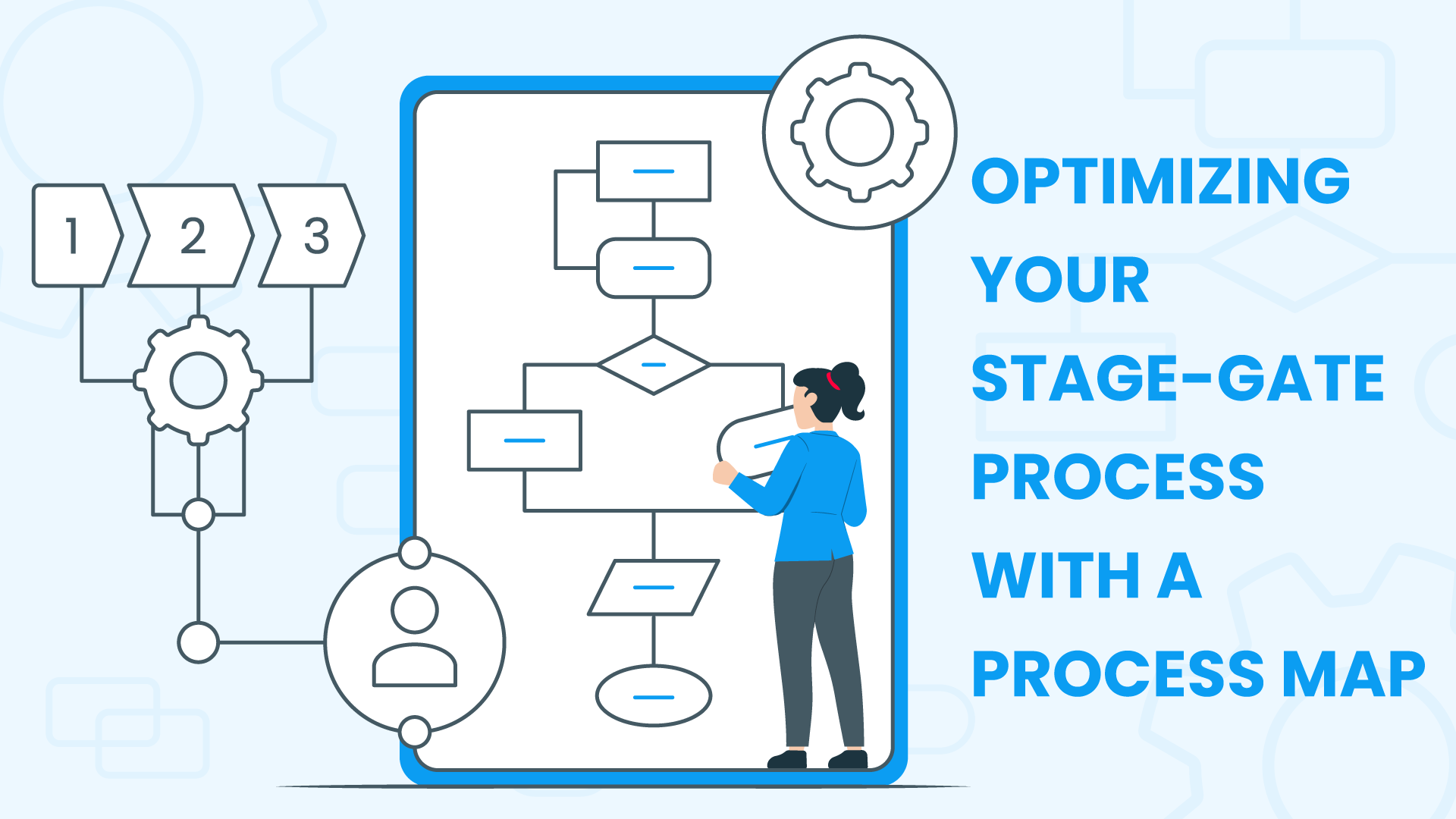




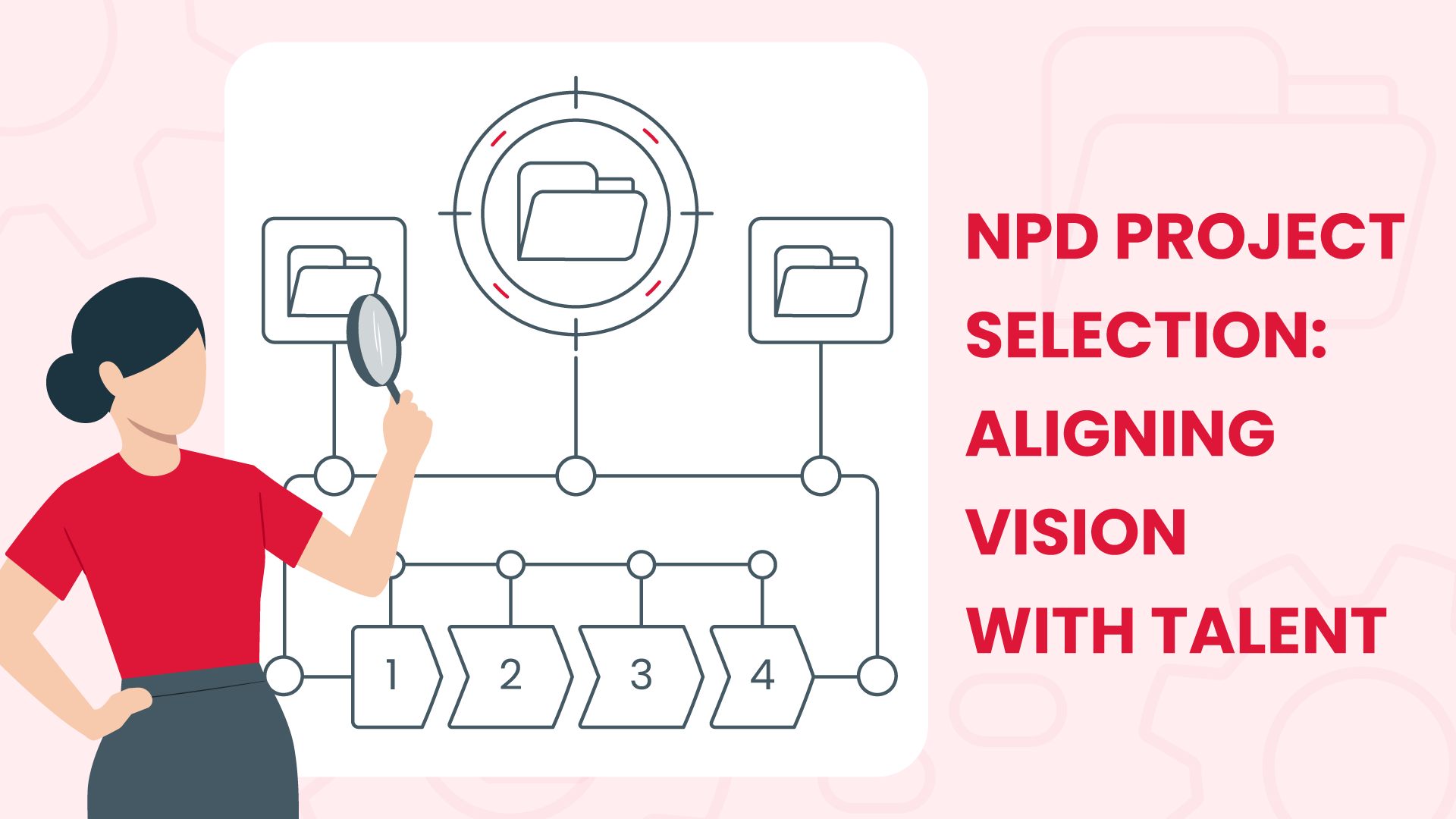



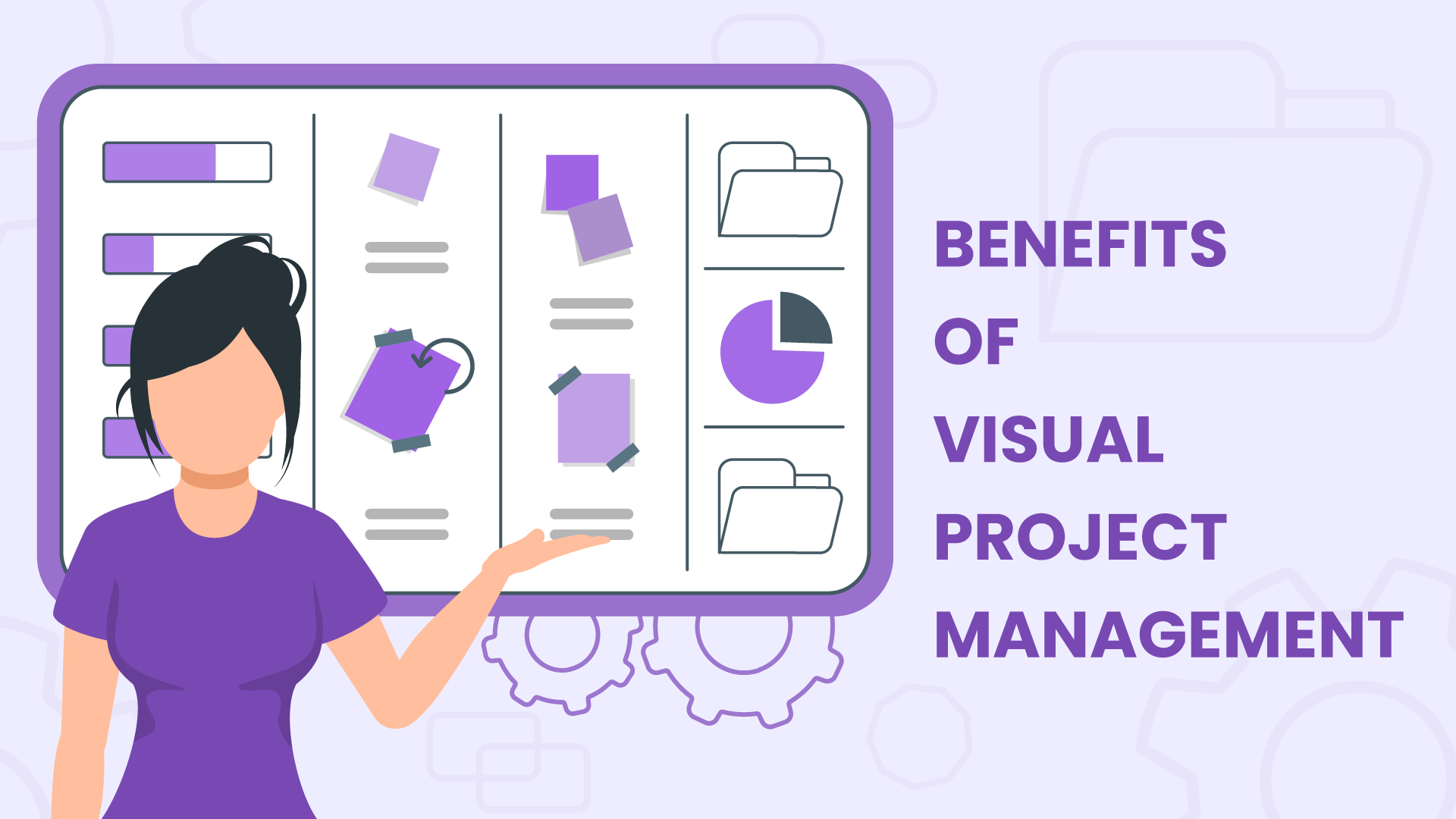
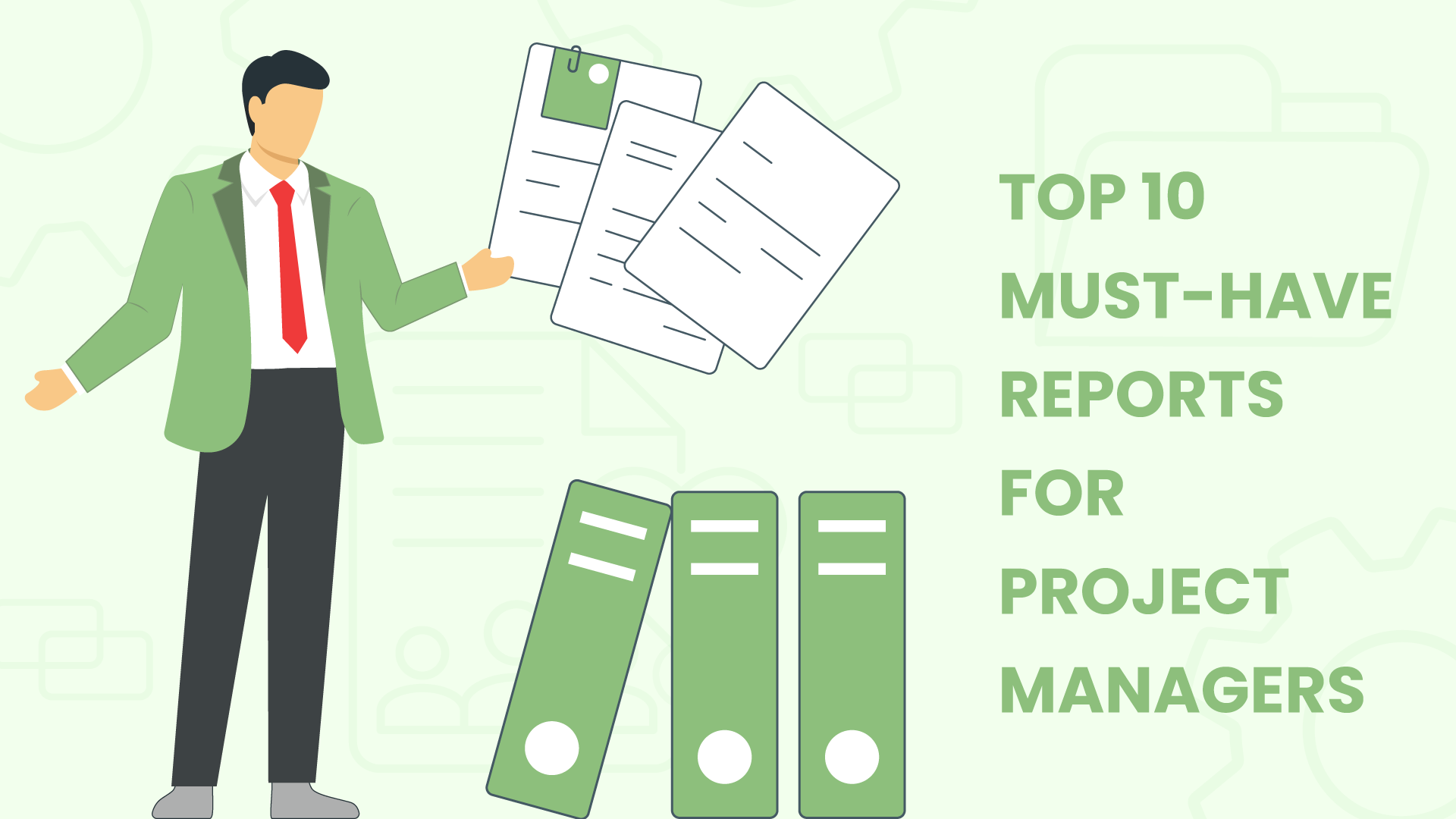

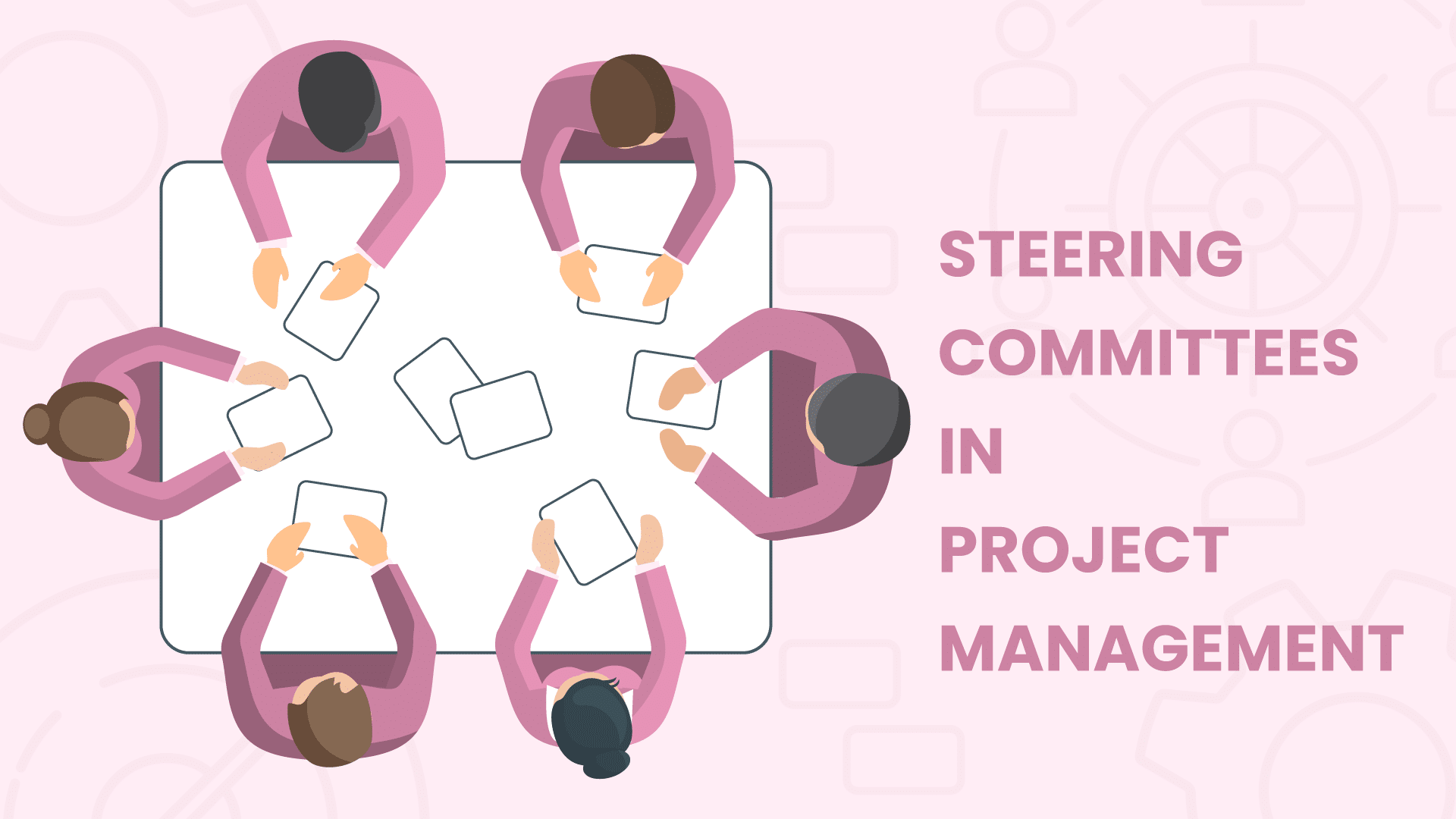


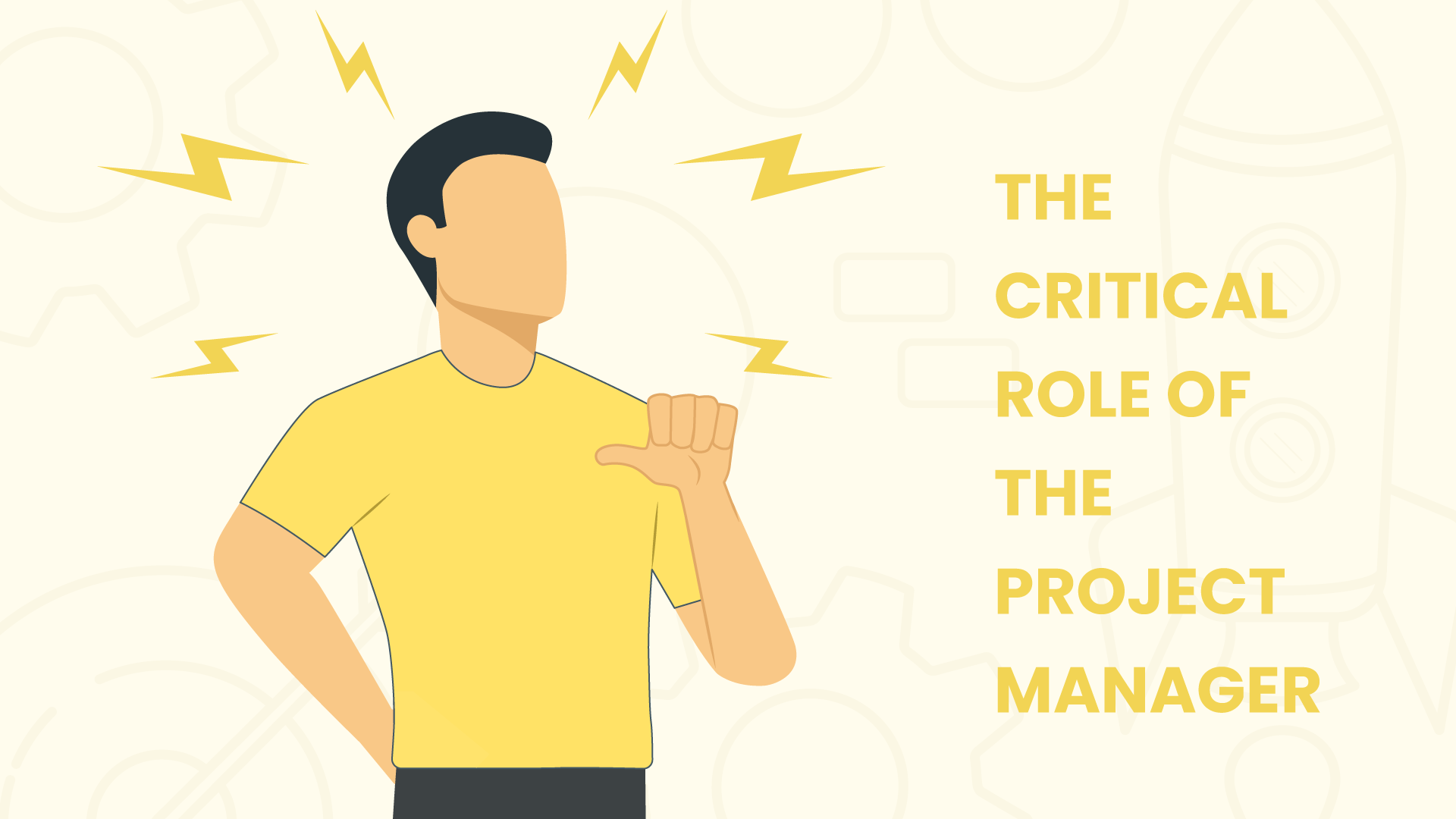


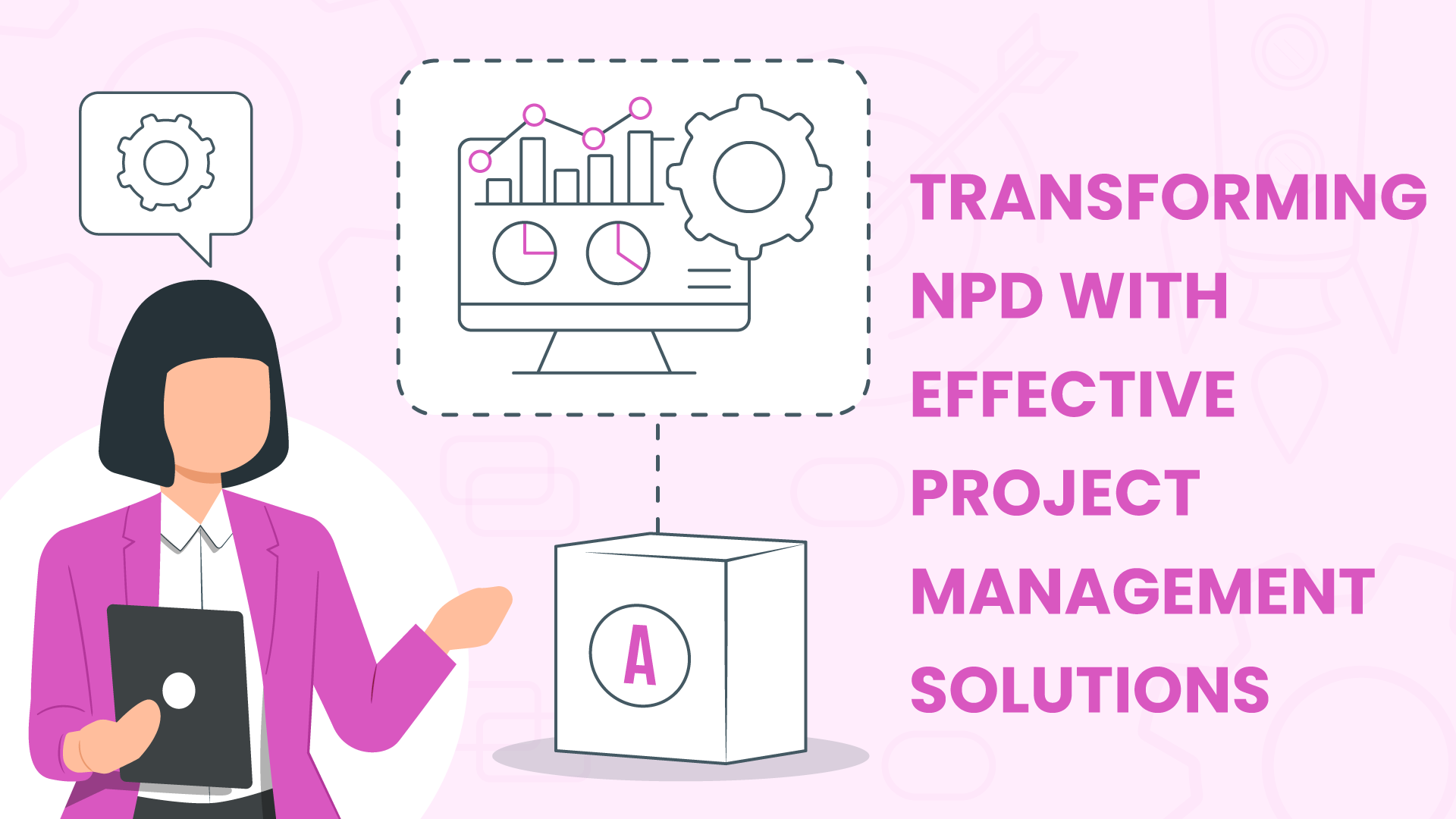
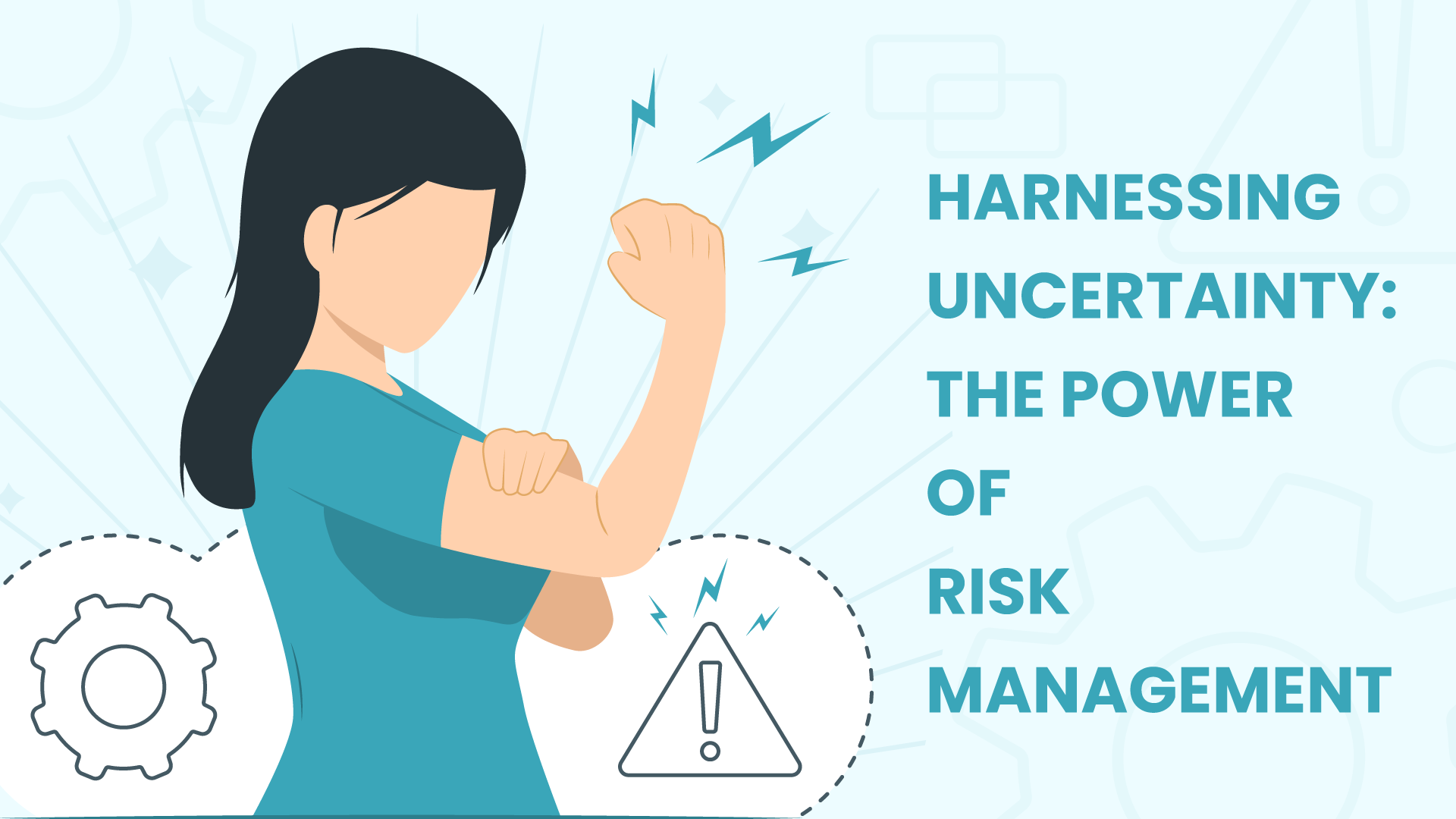
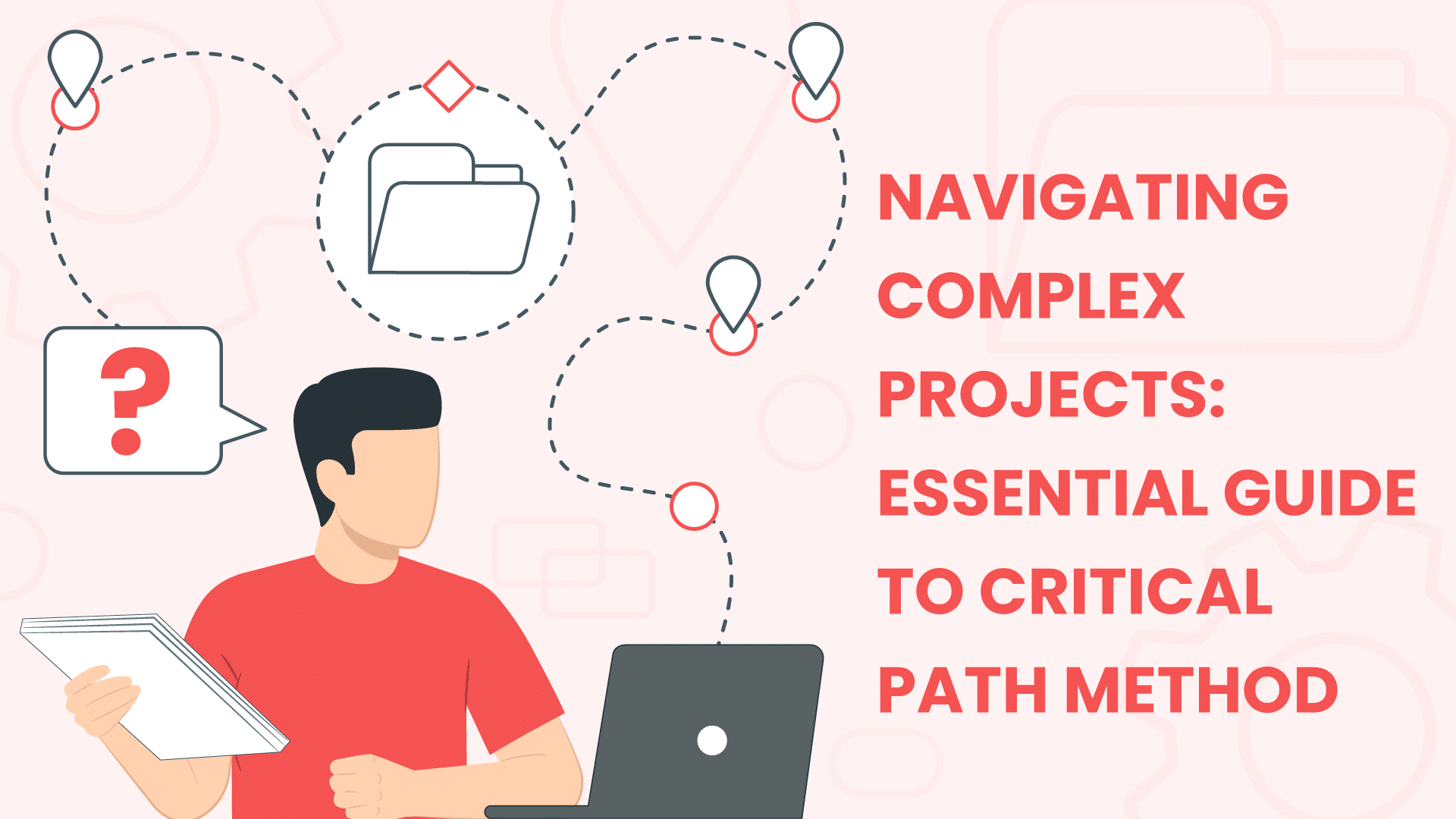







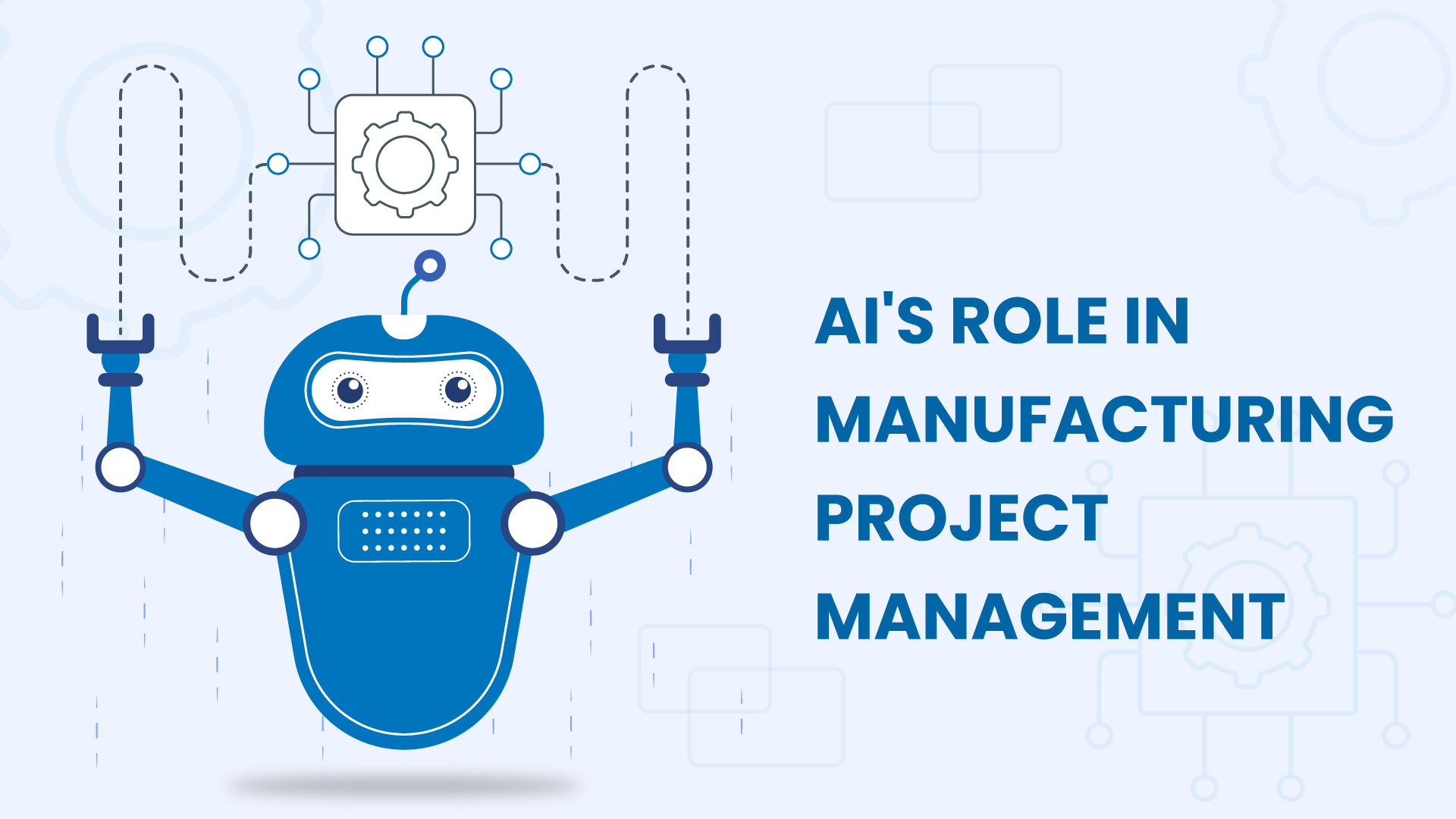


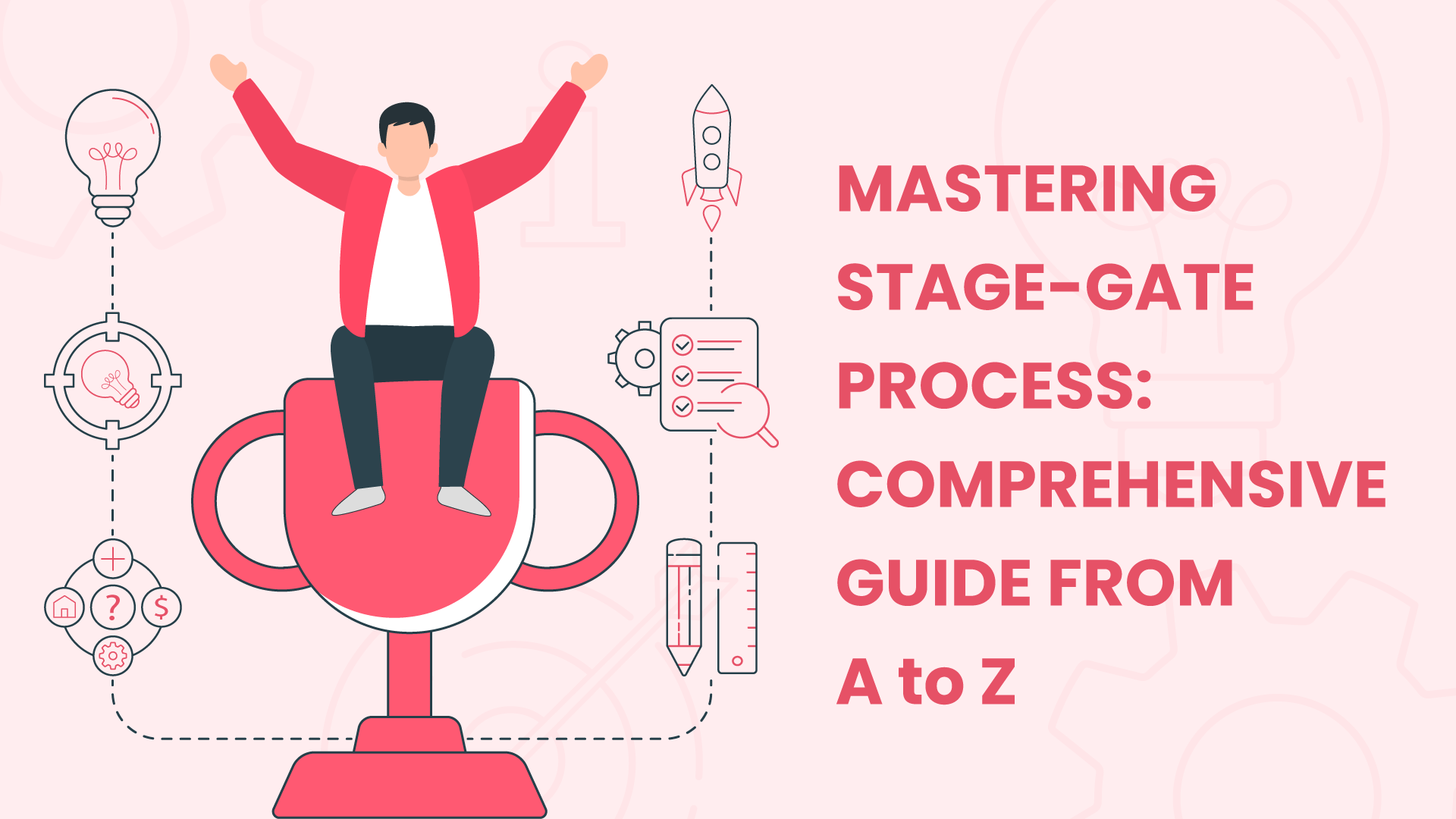
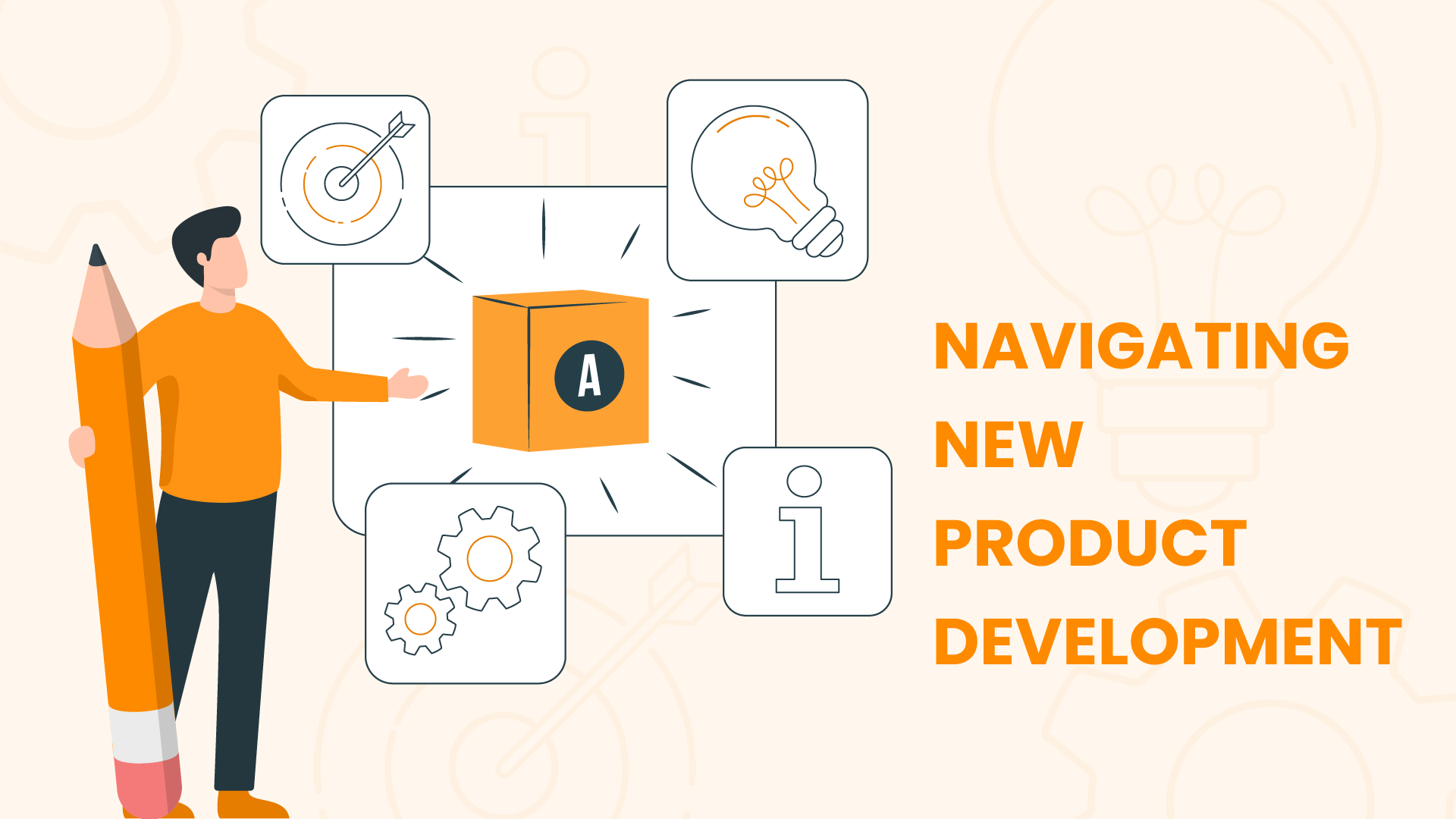





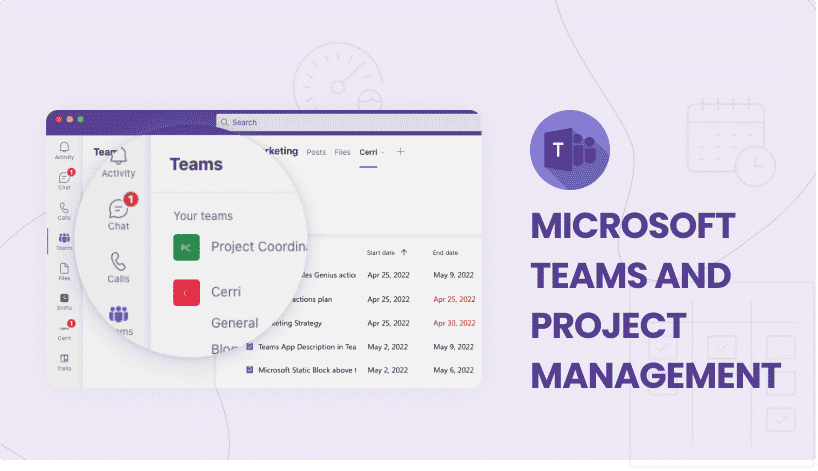
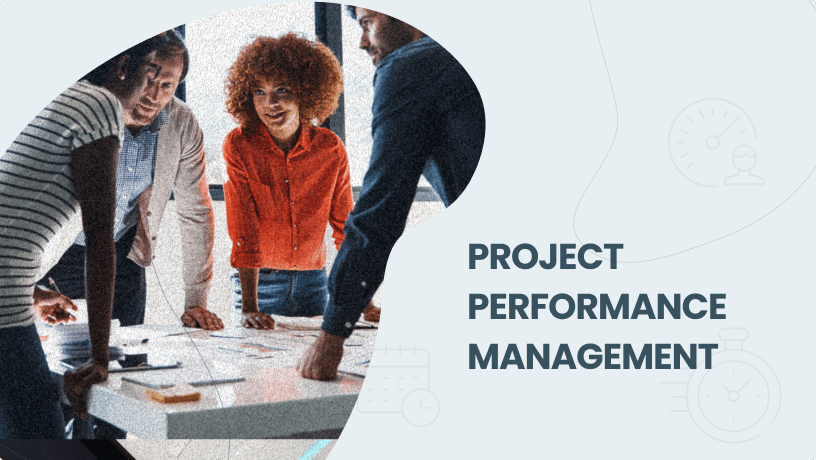



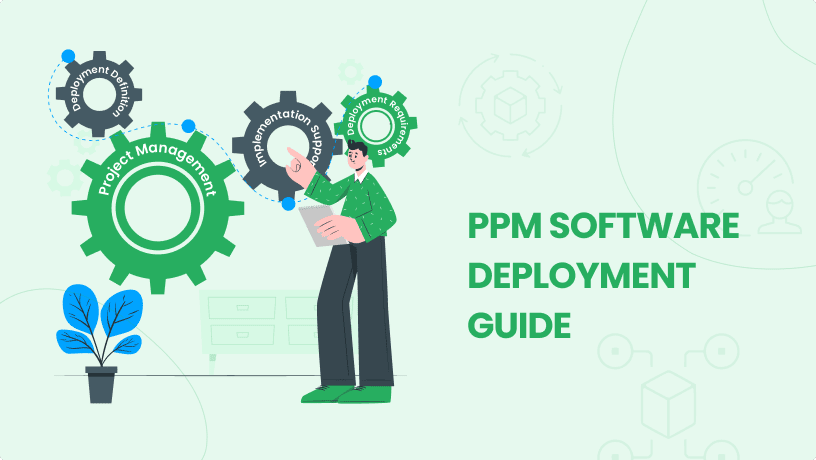
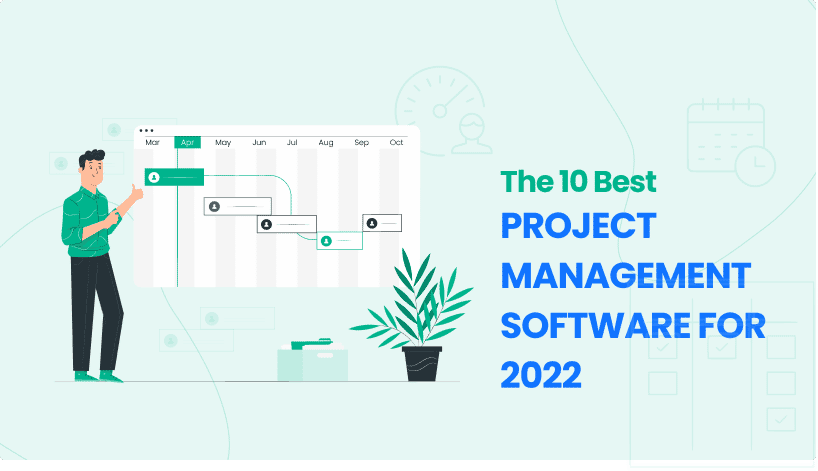
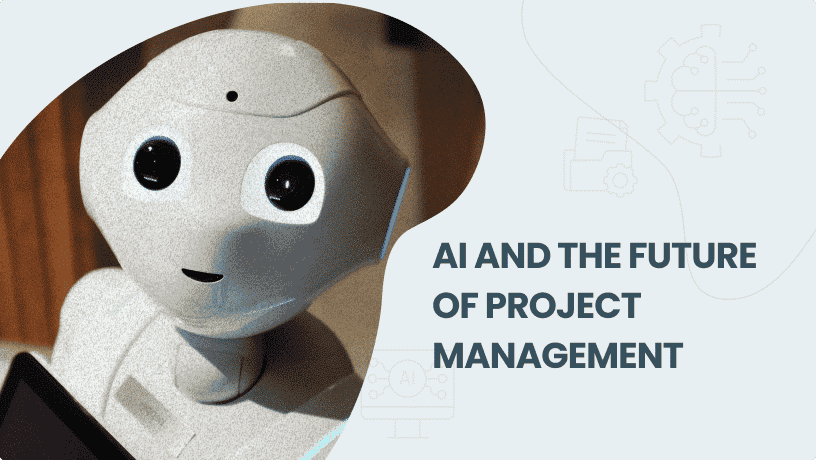







 Task Management
Task Management 

















 Customization
Customization
